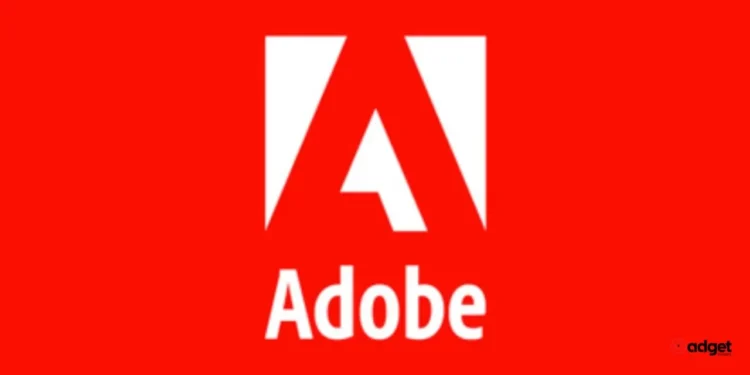Adobe, the leader in creative software, recently faced backlash over pop-up notifications in its applications that led to widespread concern among users about privacy and content ownership. The company responded with a detailed blog post to clarify its stance and address user concerns.

What Sparked the Outrage?
The controversy began when the application users encountered a pop-up requiring them to consent to updated Terms of Use to continue using the software. The message suggested that the application could access user content through both automated and manual methods.
This vague notification caused confusion and fear, particularly among professionals handling sensitive projects under nondisclosure agreements (NDAs).
The Core Issues and Adobe’s Response
One of the primary fears was that the brand might be using customer content to train its artificial intelligence model, Firefly. Moreover, the language used in the Terms of Use led some to believe that the application was claiming ownership of their creations.
In response, the application stated, “We recently made an update to our Terms of Use to provide more clarity on a few specific areas and pushed a routine re-acceptance of those terms to Adobe Creative Cloud and Document Cloud customers. We remain committed to transparency, protecting the rights of creators, and enabling our customers to do their best work.”

Clarifications Provided by Adobe
Adobe elaborated that the updated sections of the Terms of Use primarily involve how the company may access, view, or listen to user content, strictly within legal limits. These measures are intended for operational improvements, customer support, and legal compliance, including the prevention of abuse such as child sexual abuse material (CSAM).
Adobe’s Assurance on Content Ownership and Privacy
Adobe reassured users that it does not claim ownership of their content. “Customers own their content and the application does not assume any ownership of customer work,” the company explained. The tech giant also emphasized that its AI model, Firefly, is not trained on customer content but rather on licensed media and public domain materials.

Future Commitments and User Engagement
Adobe appreciated the dialogue with its customers, which prompted these clarifications. “We appreciate our customers who reached out to ask these questions which has allowed us to clarify our terms and our commitments.
We will be clarifying the Terms of Use acceptance customers see when opening applications,” the company concluded, indicating forthcoming improvements to how these terms are communicated.
The company’s proactive approach to resolving these concerns highlights its commitment to transparency and user rights, an essential factor for professionals in the creative industry who rely on Adobe’s software for their daily operations.










